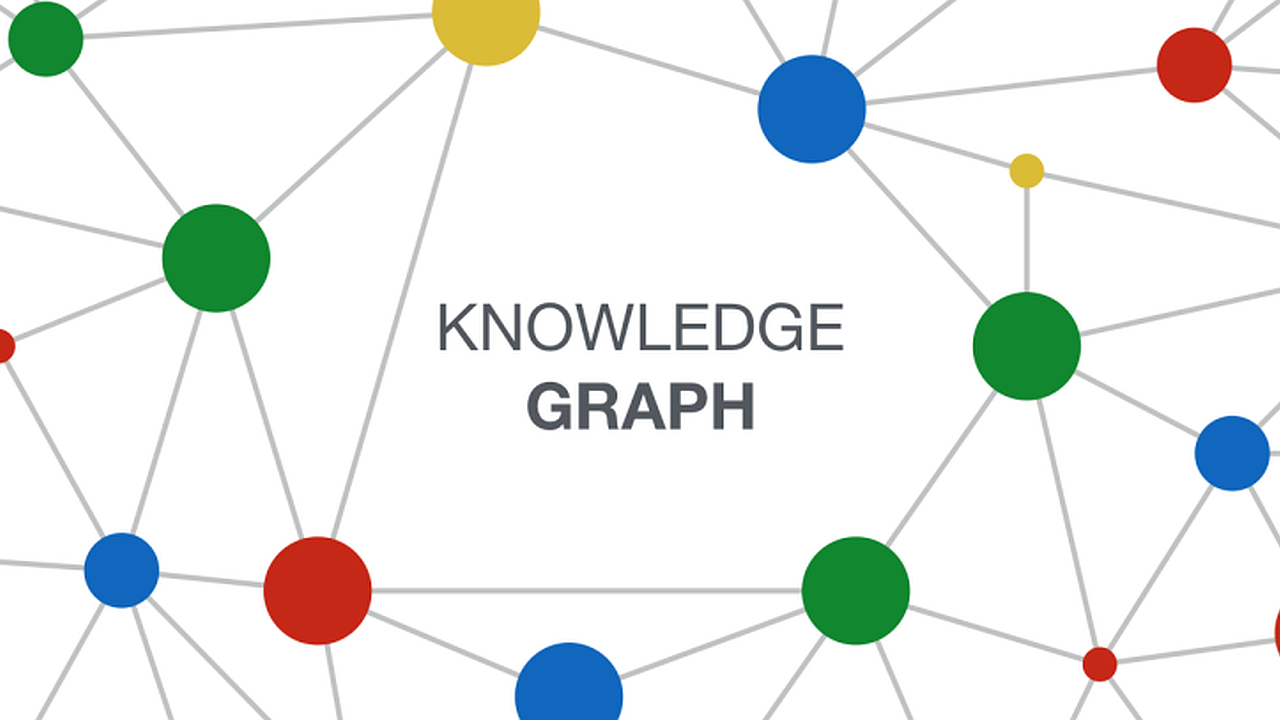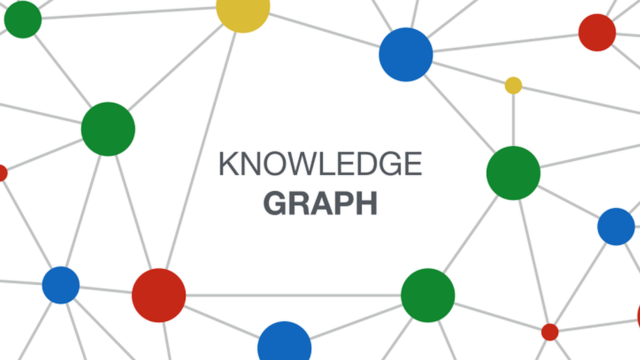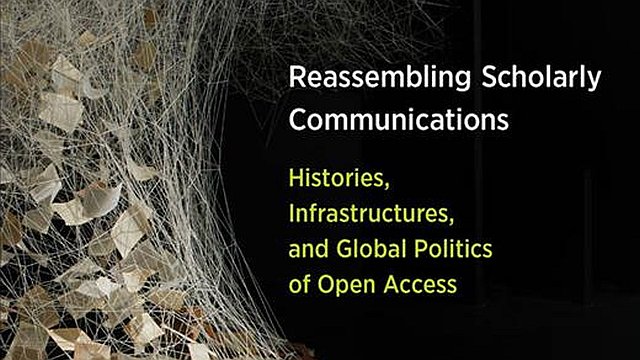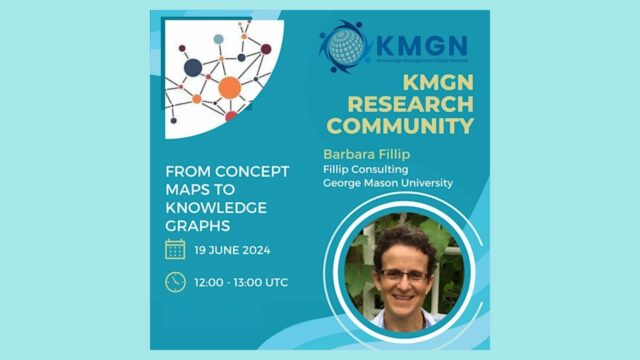
Introduction to knowledge graphs (part 4): Deductive knowledge
This article introduces part 4 of the Introduction to knowledge graphs series of articles. Recent research has identified the development of knowledge graphs as an important aspect of artificial intelligence (AI) in knowledge management (KM).
In their comprehensive multi-author tutorial article1, Aidan Hogan and colleagues:
- outline graph data models and the languages used to query and validate them
- present deductive formalisms by which knowledge can be represented and entailed
- describe inductive techniques by which additional knowledge can be extracted.
Hogan and colleagues’ article is summarised in parts 3, 4, and 5 of this series, continuing with deductive knowledge in this part (part 4) as discussed below. Additional information from other relevant reference sources has been added to some sections.
Tourism example
To keep the discussion accessible, Hogan and colleagues’ present concrete examples for a hypothetical knowledge graph, which are reproduced in the parts 3, 4, and 5 of this series. This hypothetical knowledge graph relates to tourism in Chile, aiming to increase tourism in the country and promote new attractions in strategic areas through an online tourist information portal. The knowledge graph itself will eventually describe tourist attractions, cultural events, services, businesses, as well as cities and popular travel routes.
Part 4 – Deductive knowledge
As humans, we can deduce more from the data graph of Figure 1 than what the edges explicitly indicate. We may deduce, for example, that the Ñam festival (“EID15”) will be located in Santiago, that the cities connected by flights must have some airport nearby, and so on. Given the data as premises and some general rules about the world that we may know a priori, we can use a deductive process to derive new data, allowing us to know more than what is explicitly given to us by the data.
Machines do not have inherent deductive faculties, but rather need entailment regimes to formalise the logical consequence of a given set of premises. Once instructed in this manner, machines
can (often) apply deductions with a precision, efficiency, and scale beyond human performance.
These deductions may serve a range of applications, such as improving query answering (deductive) classification, finding inconsistencies, and so on. As an example, take the query in Figure 12 asking for the festivals located in Santiago. The query returns no results for the graph in Figure 1: There is no node with type “Festival”, and nothing has the location “Santiago”. However, an answer (“Ñam”) could be entailed if we stated that x being a Food Festival entails that x is a Festival, or that x having venue y in city z entails that x has location z. Entailment regimes automate such deductions.

This part discusses ways in which potentially complex entailments can be expressed and automated. Though a number of logical frameworks could be leveraged for these purposes, Hogan and colleagues focus on ontologies, which constitute a formal representation of knowledge that, importantly, can be represented as a graph; in other words, ontologies can be seen as knowledge graphs with well-defined meaning.
Next part (section 4.1): Deductive knowledge – Ontologies.
Header image source: Crow Intelligence, CC BY-NC-SA 4.0.
References:
- Hogan, A., Blomqvist, E., Cochez, M., d’Amato, C., Melo, G. D., Gutierrez, C., … & Zimmermann, A. (2021). Knowledge graphs. ACM Computing Surveys (CSUR), 54(4), 1-37. ↩




